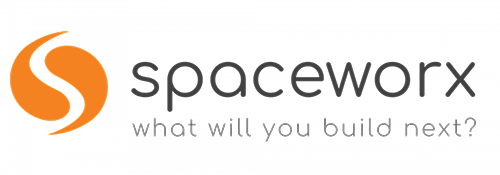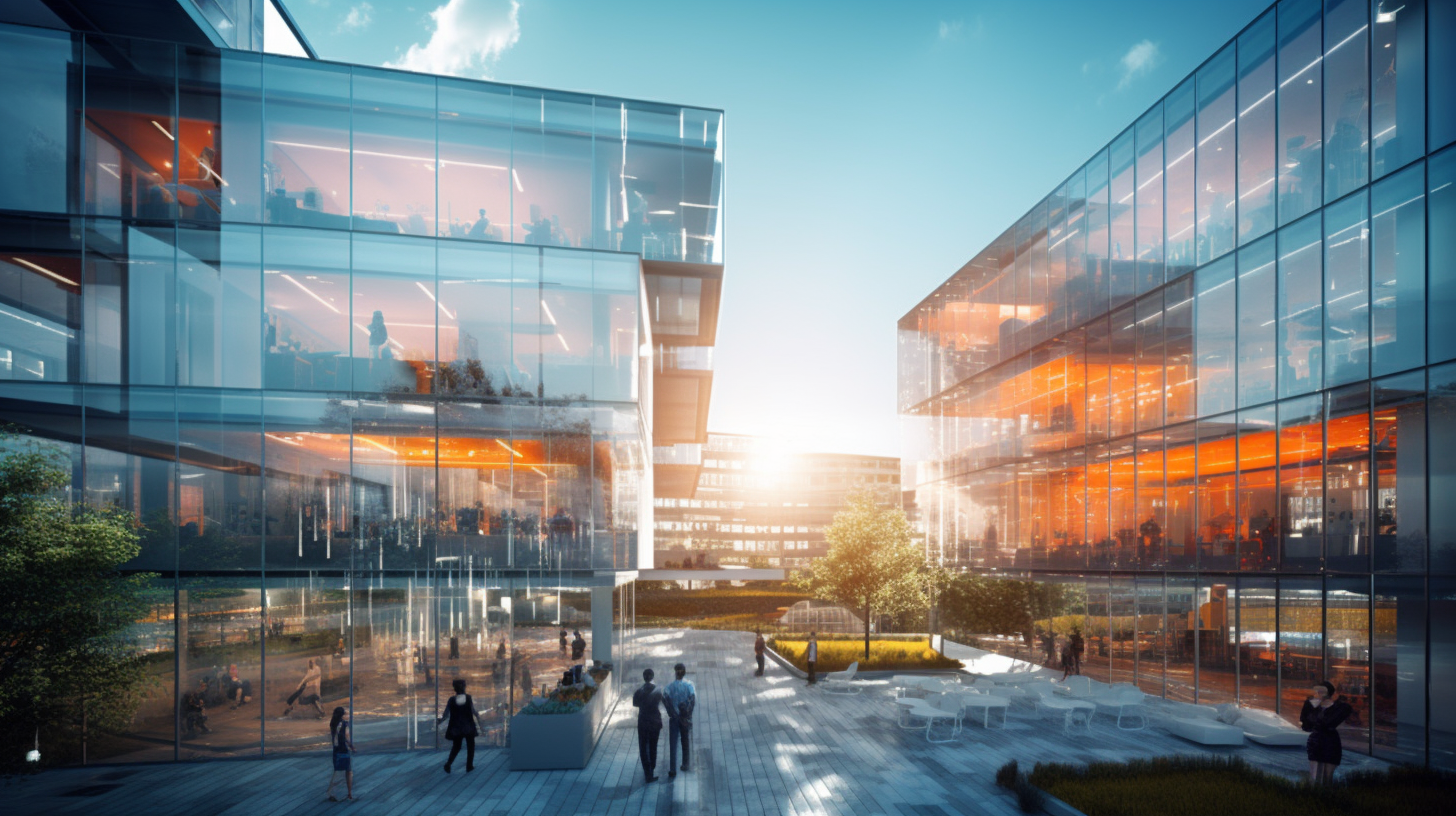I often hear about powerful smart building solutions designed to unify base building systems, driving remarkable outcomes. Similarly, tenants and corporates talk about integrated workplace systems to enrich occupant experiences, foster healthier spaces, and optimise space utilisation. However, not many smart buildings have successfully navigated the task of securely and meaningfully integrating their base building smart platform with individual tenant workplaces, due to various reasons such as limited budgets, technology constraints, security concerns, and lack of awareness.
Despite these hurdles, the past decade has brought marked improvements. An increasing number of landlords are now more open to offering such integrated solutions to their tenants. This progressive trend is encouraging. I am heartened to see that global smart building standards, like WiredScore’s SmartScore, are actively promoting this integration, making tenant experience a key enabler for achieving higher SmartScore levels, which is fantastic.
Let’s look at some compelling use cases that demonstrate how tenant and landlord worlds can be integrated, leading to richer user experiences, more sustainable buildings, and more informed decision-making.
- Seamless Visitor Access Management: Integrate tenant room/ calendar booking and visitor management systems with base building access control systems for simplified and secure visitor access management. Enhance this further with unified QR codes, virtual/ Bluetooth access cards, or Facial Recognition, for extra convenience, reduced queues, and richer experience.
- Personalised Environmental Controls: Integrate tenants’ meeting rooms and other shared spaces with the base building’s HVAC and lighting systems, enabling individuals to personalise their workspace temperature, lighting, and overall comfort levels.
- Enhanced Emergency Response: Integrate base building emergency management systems, smoke detectors, fire systems, digital signage, and PR systems with tenant access control and visitor management systems to ensure accurate head counting, synchronized communication, evacuation procedures, and incident management in critical situations.
- Integrated Base Building Shared Room Rooking: Seamlessly integrate the base building shared room booking system with tenants’ own space booking solutions so that they can book shared spaces if their own spaces are booked out.
- Cross-tenant Room Booking: Taking #4 a step further, enable tenants to share their own spaces by integrating space booking solutions of all tenants within a building/ portfolio, so that they can monetise their unused spaces. Make this even more seamless by securely integrating tenants’ access control and visitor management systems with this solution.
- Cross-tenant Parking Space Sharing: Similar to #5, enable tenants and their staff to share their unused parking spaces with others in the building (or even externally, if the building’s security policy so allows), and charge a fee.
- Integrated Security Analytics: Securely share relevant base building security and access control events with the right tenants, so that they can consolidate them with their own access control and CCTV systems, for consolidated security management and informed decision-making.
- Decentralised Cardholder Management: Securely give tenants access to the right parts of the base building access control system, so that they can independently manage access cards and permissions of their own staff, controlling who can go through which base building gates and doors, out of the base building spaces occupied by them, as well as their own indoor spaces.
- After-hours AC Extention: Enable tenant staff to request Air Conditioning beyond standard working hours online, and let authorised users from the tenant approve them, where an integration with the base building BMS/ controllers automatically control AC at the right start/ end times. Better yet, embed this as part of a room booking + visitor management user journey in the tenant’s smart workplace solution, to save additional clicks and taps.
- Consolidated Energy and Indoor Environmental Quality Analytics: Integrate with individual tenants’ own IEQ and Energy Management sensors/ solutions, consolidate them and anonymise data in a secure way, and share consolidated with all tenants in the building for shared insights and benchmarking purposes.
- Lift Access Management: Integrate base building vertical transport/ lift systems securely with tenants’ own smart workplace solution/ mobile app, so that staff can call the lift from their own smartphones manually, or using automated presence detection, where useful and relevant.
- Integrated Facility Management Services: Integrate tenants’ own Smart Workplace + FM solutions with base building FM/ CAFM, CMMS solutions so that tenant staff can simply report issues or make requests from a single staff portal/ app. Base building-related transactions are auto-routed to the base building management team via their FM solution, while tenancy-related ones are sent to the tenant FM team automatically.
By embracing integration and automation, you can create synergies leading to improved efficiency, enhanced occupant experiences, and a more sustainable and future-ready built environment. It’s always important to define your WHY first, and then explore the WHAT and HOW to achieve them using integration, which will make your digital transformation journey a fruitful one.
Interested in enabling these capabilities for your tenants in your building? Feel free to drop us a note, or check out our thoughtfully curated list of Smart Building solution bundles here.






